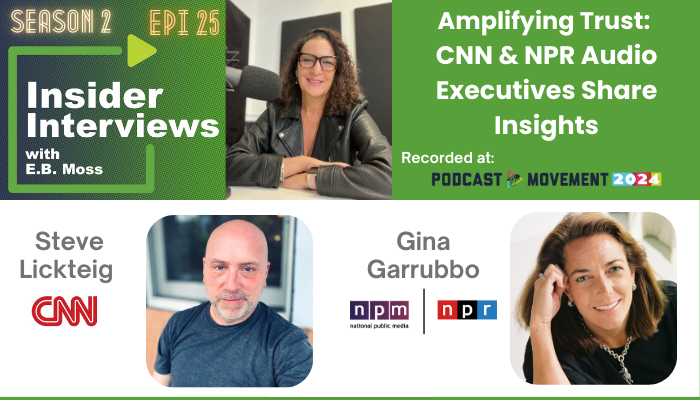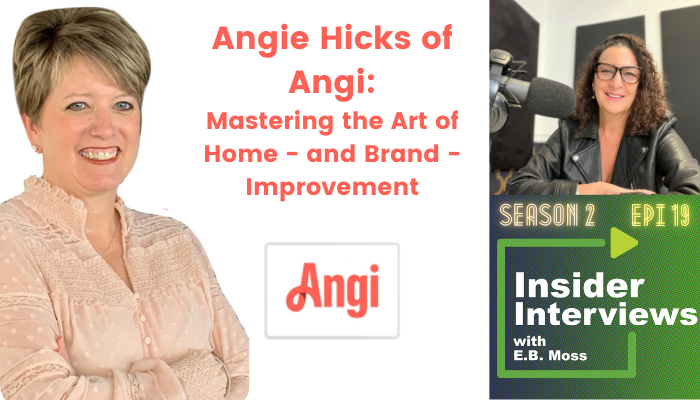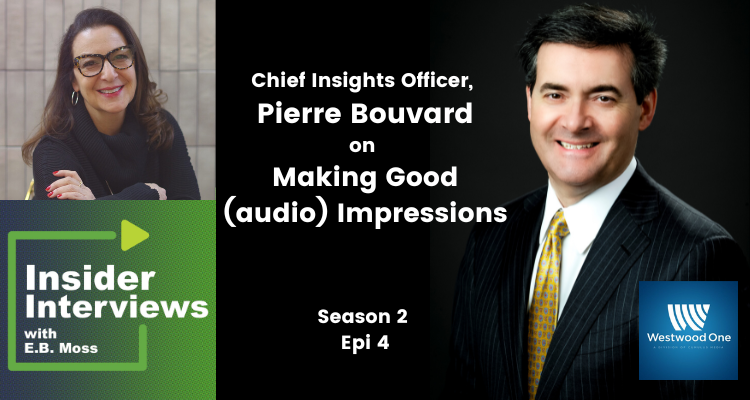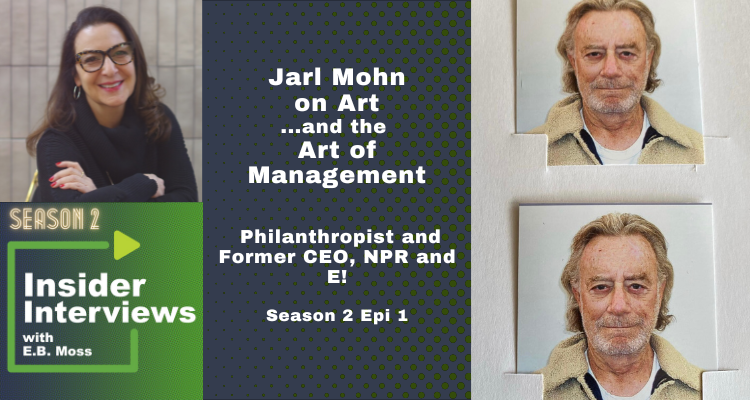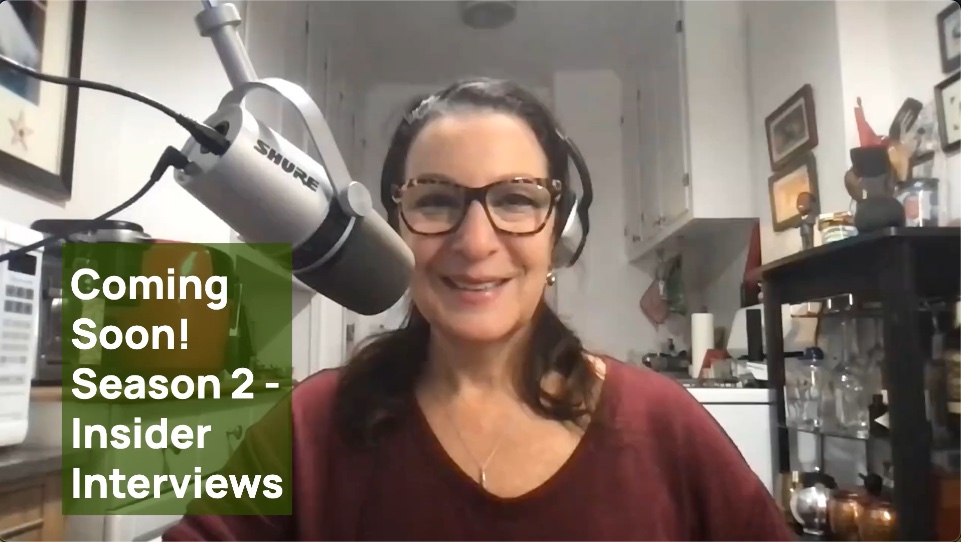How Number 1 Podcasts Get Made (and found) – Jason Hoch
Podcast: Play in new window | Download (Duration: 34:59 — 32.0MB) | Embed
Subscribe or Follow Spotify | Android | Pandora | iHeartRadio | TuneIn | Deezer | RSS | More
Get two insider scoops in Epi 26 on how to create — then share — top podcasts: First up, podcast veteran Jason Hoch, creator of many number one shows, shares with host E.B. Moss how he made stuff work at HowStuffWorks…. Then Jason tells how serendipity led him to collaborate with Tenderfoot TV to make […]

